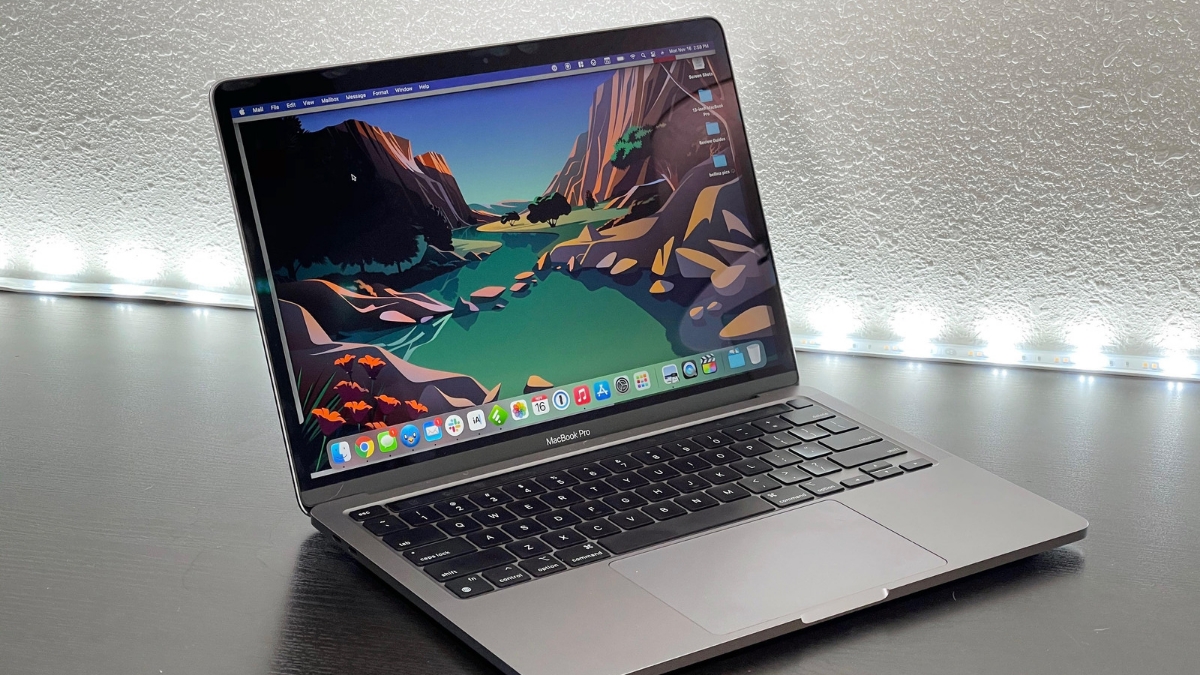

The cache on your Mac temporarily stores data to speed up application performance. However, over time, this cache can build up and affect your system’s overall performance. We’ll explore simple steps to clear the cache on your Mac, freeing up valuable space and improving performance.
Clearing the cache on your Mac is an essential step in maintaining optimum performance. By following these simple steps, you can free up disk space, speed up application loading times, and improve your system’s overall responsiveness. Incorporate these practices into your maintenance routine to ensure a fast, efficient Mac. It’s important to note that deleting cache may sometimes be necessary to solve certain problems, but it should be done with caution, especially for system or application cache
The Windows 11 update error can occur for several reasons, such as corrupted files, connectivity issues, or conflicts with third-party…
The "You don’t currently have permission to access this folder" error often appears when you try to access a folder…
When developing Flutter applications, it's common to encounter errors related to SDK version compatibility. One of these common errors is…
During the installation of Windows, you may encounter an error indicating that the selected disk is not compatible with the…
The error "Windows could not start the Windows Update service on the local computer" occurs when the operating system fails…
The Windows Update Service is essential for keeping your system up to date with the latest security and performance improvements.…